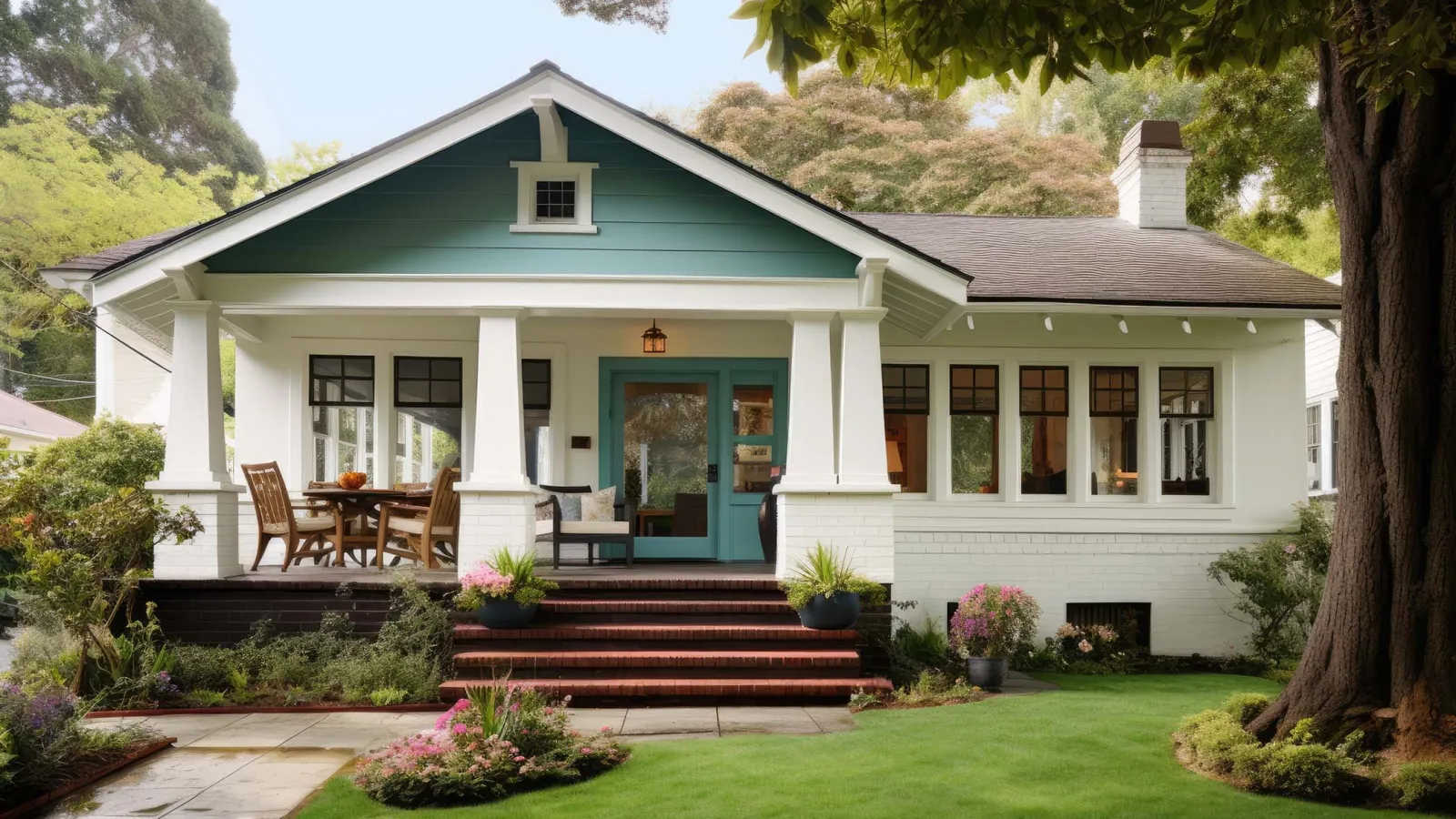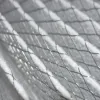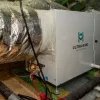Every home needs ventilation. But when many people ventilate their homes, they’re rarely exchanging the old, stale air with fresh, filtered air from the outside.
As a result, they’re breathing stale, possibly polluted, or unhealthy air whenever they’re indoors.
That wasn’t the case in the old days. Until sixty or so ago, people didn’t need to ventilate their homes because they didn’t have any home performance/insulation in the walls, much less above or below the living space. They exchanged air with the outdoors all the time through gaps and cracks in the building envelope, even when all the windows were closed.
These days, however, we live in tighter homes with home performance/insulation on all sides and sealants inside the gaps and cracks in your envelope. The “greener” your home, the less it ventilates.
What’s more, we live in a world that’s rife with industrial pollutants, something people didn’t deal with nearly as much before the mid-20th century. Air just isn’t as clean as it used to be, so we’ve got to filter outdoor air before bringing it into our homes.
Otherwise, we might do more harm than good.
Why we ventilate our homes
Modernity is great, but it comes with a variety of airborne byproducts that can make you feel sick.
If you suffer from allergies, you probably know how sick you feel inside a humid, musty environment. And if you’ve ever painted a room, you’re well aware of how the VOCs in paint fumes can give you a headache. By exchanging stale, less-than-clean air with cleaner, diluted outdoor air, we can mitigate a variety of negative health effects.
Here’s a quick rundown of what might be lurking in the air inside your home:
- Formaldehyde and VOCs from carpets, mattresses, cabinets, furniture, and other products we buy
- Carbon monoxide from combustion appliances
- Water vapor from cooking, showering, and washing
- Termiticides, radon, and other soil gases from unsealed crawl spaces
- Mold spores from excess indoor humidity
- Chemical fumes from items inside your garage
And so on. We don’t want to breathe large concentrations of these things, so we need to ventilate our homes. Otherwise, it’s a sure thing that the air inside our homes is dirtier than the air outside.
Just open the windows, right?
Not right. Opening your windows is not a panacea for dirty indoor air. Depending on where you live, it could make indoor air quality worse.
When you open your windows, the air you’re letting into your home isn’t as fresh as you think. It usually contains:
- Pollen and natural allergens
- Atmospheric pollutants, exhaust from combustion engines, smoke
- Dust and dirt
When you’re outside, these contaminants are diluted. But when they get into your home, they stick to your carpet, furniture, curtains, and so forth. They get inside your home, and they stay there. They linger.
Enter controlled ventilation
As we’ve established, homes with a tight envelope contain lots of airborne contaminants. Opening windows might seem like a good idea, but you’re probably just exchanging bad contaminants with equally bad (or worse) ones.
You need air exchange, but you want to remove the bad air and replace it with clean air. To do this, you need to ventilate in a controlled way. You need a system that:
- Removes “old” air from inside your home or simply introduces positive pressure by bringing in fresh air without directly sucking out any of the old air.
- Exchanges the old air for fresh, outdoor air
- Filters and heats or cools the incoming air
- Releases the clean, temperature-controlled air back into your living space
That way, you get the best of both worlds: clean, fresh air that’s also heated or cooled depending on your thermostat settings.
ERVs or ventilating dehumidifiers work best in the South
In most homes, the best way to introduce controlled ventilation is through equipment that lives inside your existing ductwork and connects to your indoor HVAC unit. Your air handler sucks in old air through your return just like normal. Instead of filtering that air, though, it exchanges it for fresh, outdoor air before filtering it and heating or cooling it.
Here in the Atlanta area, the two best-controlled ventilation options are:
- Energy recovery ventilator (ERV): An ERV transfers moisture and heat during the air exchange process so that your HVAC equipment doesn’t have to work as hard. As a result, you save energy while enjoying the benefits of fresh air ventilation.
- Whole-house dehumidifier with fresh air: Also known as a ventilating dehumidifier, this unit brings in the fresh air, filters it, and dehumidifies it before releasing it back into your home.
If you don’t have any problem keeping indoor humidity below 55%, an ERV might be the best option. On the other hand, if you do have trouble keeping relative humidity at a comfortable level – and here in the South, that’s most of us – you’ll probably prefer the ventilating dehumidifier.
The dehumidifier is especially useful at times of the year when it’s not hot or cool enough to use your air conditioner or heater. Instead of letting humidity increase inside your living space (or opening a window to let in pollutants), you can dehumidify and exchange indoor air without cooling or heating it.
With a Trane smart thermostat, you can also control how much fresh air the system brings in and “lock out” the air if the temperature is too extreme. In other words, if the outdoor air is so hot that it would overwhelm your air conditioner, the system will shut off on its own and ventilate the air later. The same goes for when the air outside is really cold and might make your furnace work too hard.
Come on in! The air’s fine.
In most modern homes, fresh air systems can do wonders for indoor air quality.
They’re not the end of the road when it comes to ventilation, though. You should also be removing humidity in bathrooms after you shower (bath fans) and removing cooking fumes from your kitchen (range fans).
Regardless, installing either an ERV or ventilating dehumidifier is a fantastic way to replace stale, dirty indoor air with clean air from the outdoors. If you’re already taking steps to make your home more energy efficient, you might need to add controlled ventilation after tightening up your home. Fresh, filtered air is the way to go.
You’ll still enjoy all the benefits modernity has to offer, including a well-insulated, energy-efficient home. And you’ll breathe a whole lot easier – no open windows needed.






